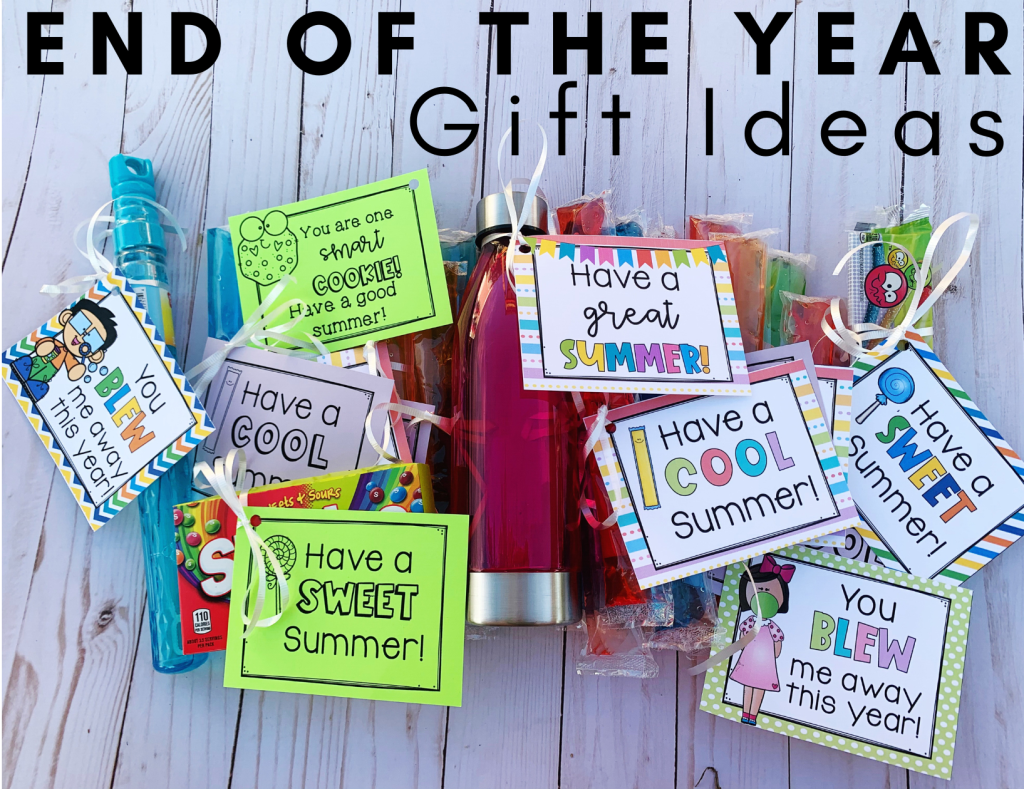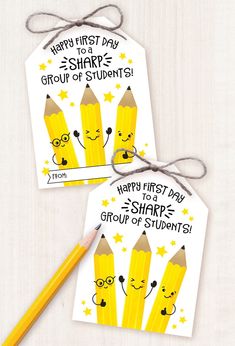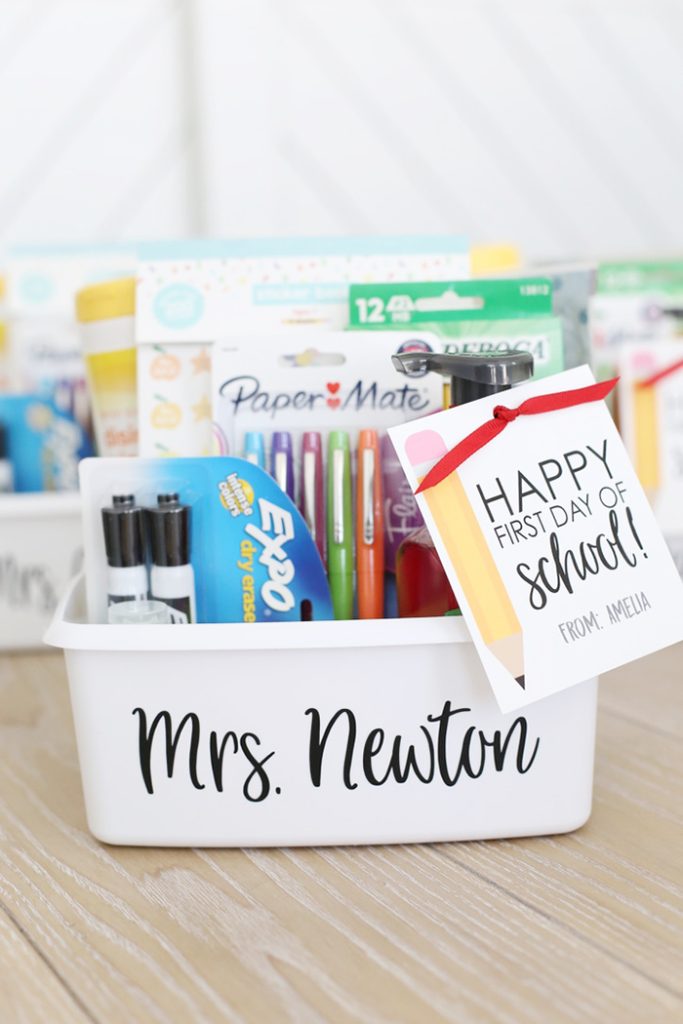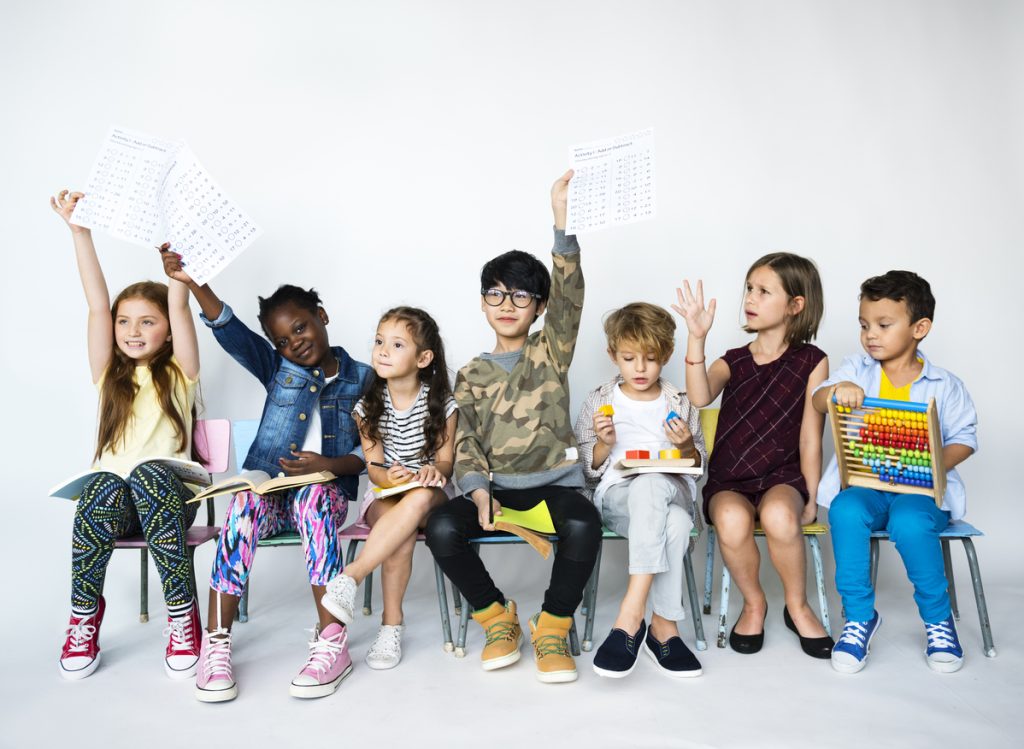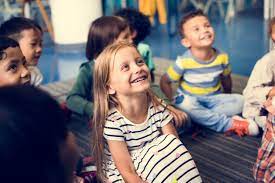As the school year winds down, it’s a heartwarming tradition for students to present their teachers with gifts to show appreciation for a year of learning and growth. What makes these gifts even more special is when they’re easy enough for kids to participate in the process! Here are 13 simple and thoughtful gift ideas that teachers will surely love, and that kids can enjoy creating or contributing towards.
1. Handwritten Thank You Notes: There’s nothing quite like personalized notes of thanks from students. Teachers cherish heartfelt messages from their pupils.
2. Homemade Bookmarks: Crafty kids can design bookmarks using cardstock, stickers, and ribbons – perfect for every teacher who loves reading.
3. Potted Plants: A small potted plant like a succulent is easy to care for and can brighten up a teacher’s desk or home.
4. Customized Tote Bags: With fabric paints and markers, kids can decorate tote bags that teachers can use for carrying supplies.
5. DIY Bath Bombs: A fun science activity that results in a pampering gift, homemade bath bombs are sure to be appreciated.
6. Recipe Jar: Fill a jar with the ingredients for a favorite cookie or soup recipe. Kids can help layer the ingredients and decorate the jar.
7. Personalized Stationery: Handmade or customized stationery sets make for a thoughtful gift that any teacher can use.
8. Class Photo Collage: A digital or physical collage of class photos from throughout the year makes for a memorable keepsake.
9. Gift Cards: While simple, gift cards to local eateries, bookstores, or coffee shops are practical gifts that offer teachers a well-deserved treat.
10. School Supply Cake: Assemble essential school supplies into a cake-like structure as a fun and useful gift.
11. Tea or Coffee Sampler: Put together a selection of tea bags or coffee samples for the teacher to enjoy during their breaks.
12. A Jar of Stars: Each student writes a positive memory or gratitude message on paper stars and fills up a jar with these warm thoughts.
13. Homemade Jam or Preserves: With adult supervision, kids can help make jam or preserves that teachers can enjoy at home with their families.
Whether crafted with love by little hands or thoughtfully chosen for practicality, these gifts show teachers just how much their dedication is valued at the end of an academic year.


